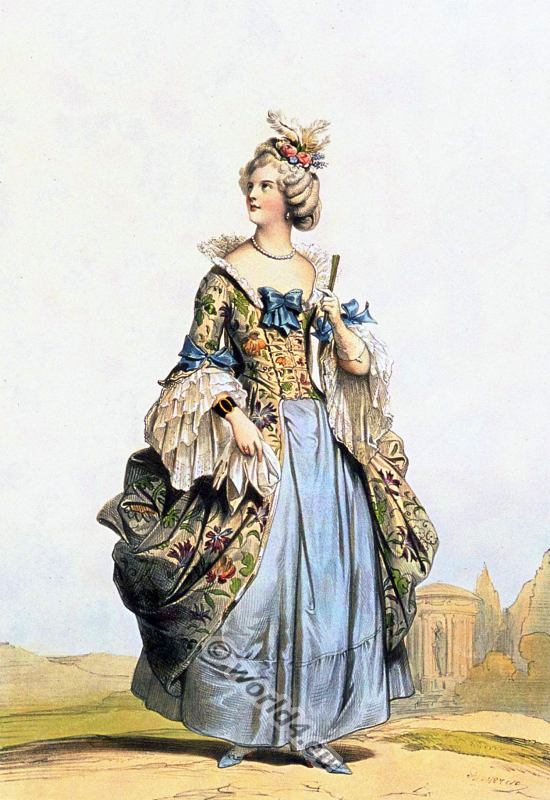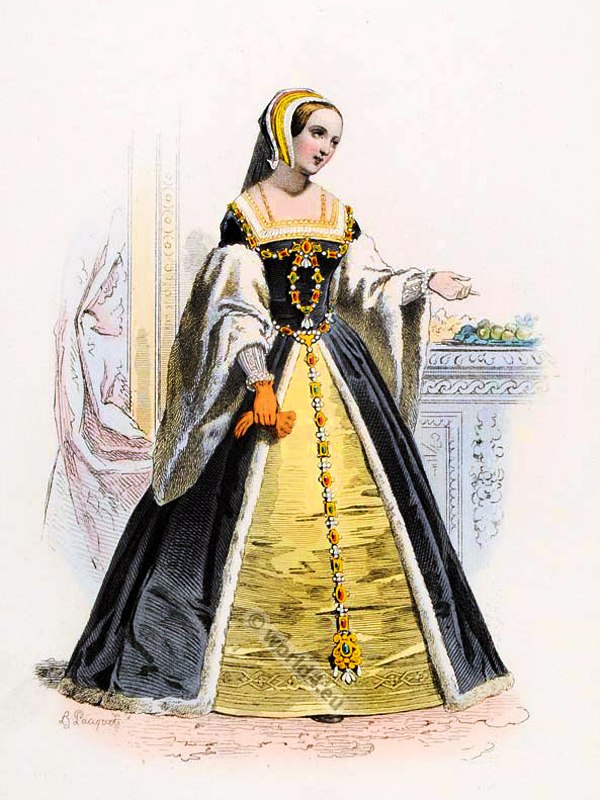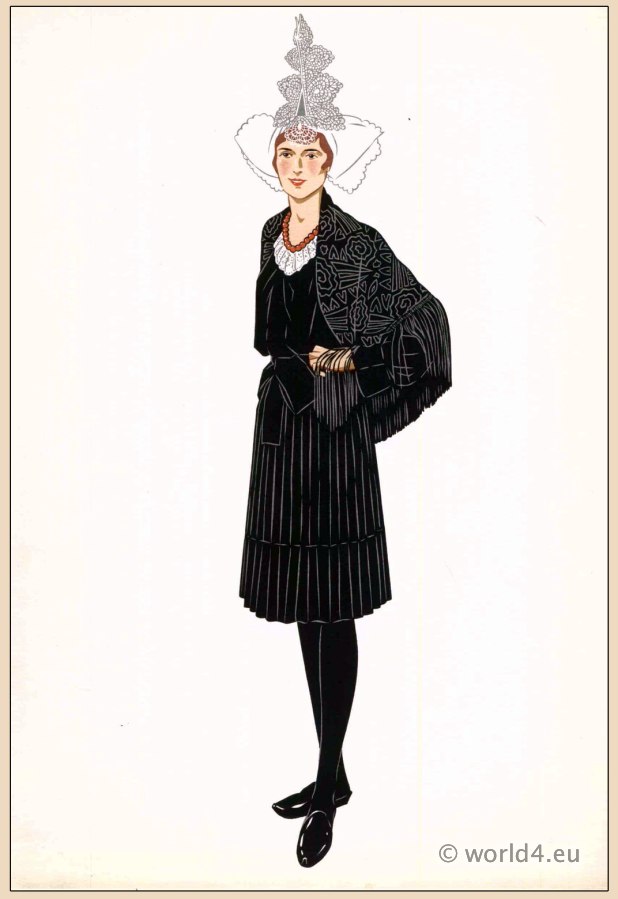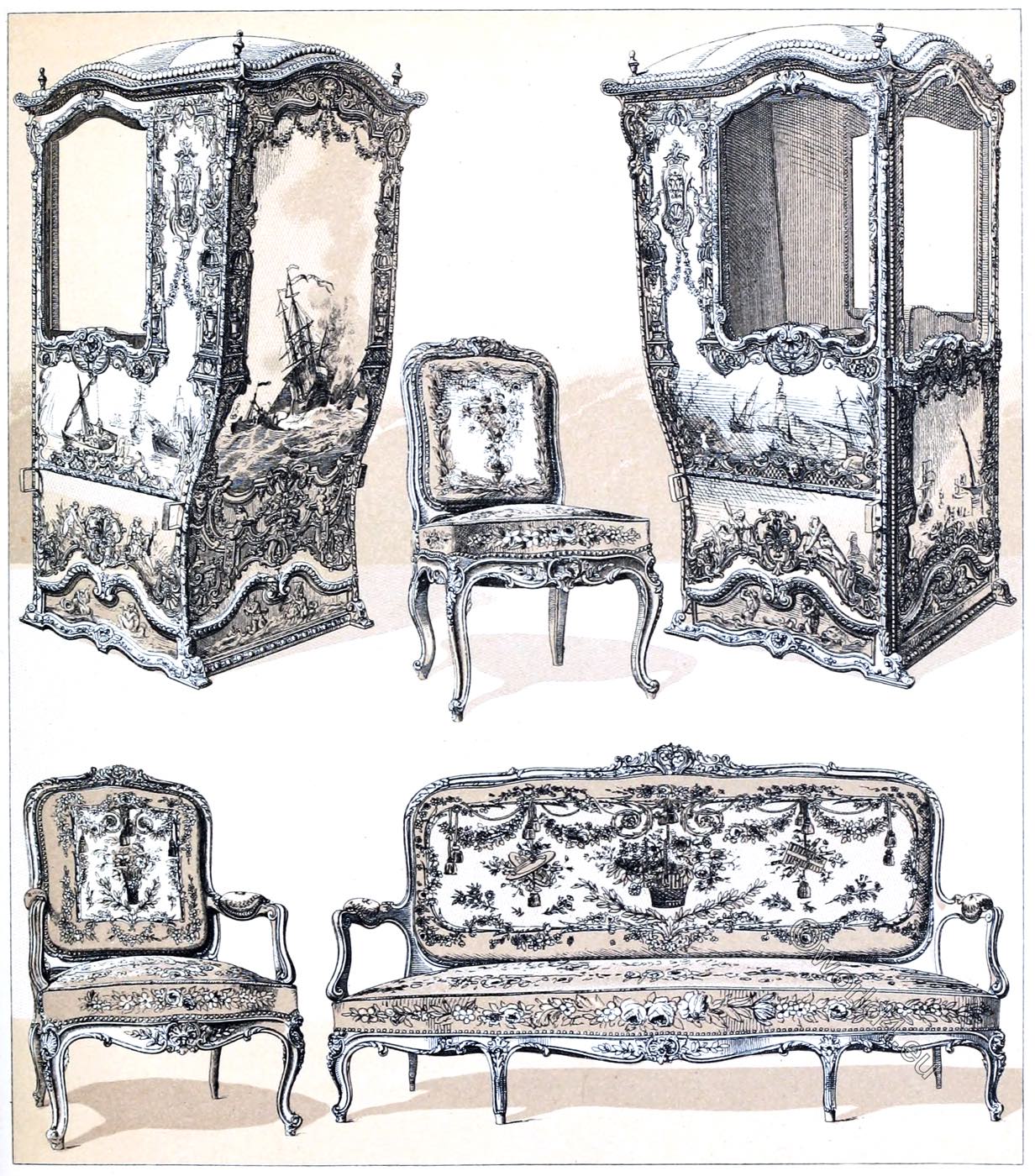
The Bureau du Roi. Louis-quinze style.
Our illustration of the Bureau de Louis XV, known as the King’s desk, shows one sides of this famous work. Designed by Jean-François Oeben (1721-1763), the bureau was made in Paris at the Arsenal in 1769, and is now preserved in the Louvre.
Johann Heinrich Riesener chef-d’oeuvre
The marqueterie symbolising Fire, Air, Water, Poetry, War and Royalty, is the chef-d’oeuvre of Johann Heinrich Riesener (1734-1806. The bronzes, including the figures of Apollo and Calliope, were modelled by Duplessis and Winand, and sculptures by Hervieux.
Jean-François Oeben, a master cabinetmaker
The first design was made by Jean-François Oeben, a master cabinetmaker at the royal arsenal. The first stage was the creation of an extremely detailed 1/9th scale model, including the reproduction of the paintings and bronzes to be applied. Once the design was finalised, the cabinet was completed by a painted sliding cover.
Jean-Henri Riesener
The desk was finished only nine years later by Jean-Henri Riesener, one of Oeben’s workers, who succeeded him as master cabinetmaker upon the latter’s death and married his widow. By the time Riesener resumed its manufacture, the base of the desk had already been assembled, and the bronzes for the legs and opening mechanisms were in place.
Presented 1769
Aided by Wymant Stylen, Riesener went to make all the carvings and affixed his own signature to the cabinet: “Riesener H. 1769 à l’arsenal de Paris.” In May 1769 at the Palace of Versailles the cabinet was presented to the sovereign and installed in the new cabinet du Roi.
Le secret du Roi. The cabinet des Dépêches.
Behind the cabinet du Roi, a room in which the royal secretaire was placed, was a room known as the cabinet des Dépêches where Louis XV gathered secret information from his spies and informants (known as le secret du Roi) in total secrecy in order to determine foreign policy in particular.
Under the French Revolution, the cabinet was transported to the Tuileries where it would also be used by the legislative body of the Consulate, and then transferred to Napoleon’s cabinet du Secrétaire. It is later found in the salon des Aides de camp of the Duc d’Orléans, son of Louis-Philippe, and later Empress Eugénie will use it in her own cabinet at the Château de Saint-Cloud. In 1870, the secretaire was transferred to the Louvre Museum in Paris. It was finally returned in 1957 to the Palace of Versailles where it still stands today.
Many copies of this masterpiece exist, notably the celebrated replica by Beurdeley, and that by Dasson at Herford House.
The Louis-quinze style desk is considered one of the most famous pieces of furniture in French history – the king had to wait about 9 years for its completion. It stands in what was then considered the inner cabinet area at court, in a room that belonged to the king’s small working wing, Petit appartement du Roi, in the Palace of Versailles.
Source: The Connoisseur. Volume 8. London 1901.
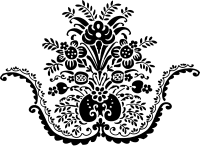
Discover more from World4 Costume Culture History
Subscribe to get the latest posts sent to your email.

